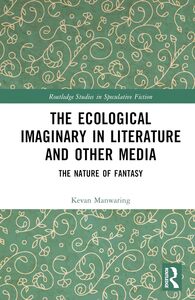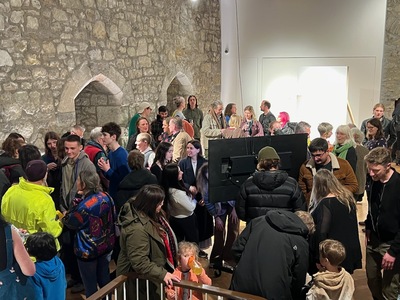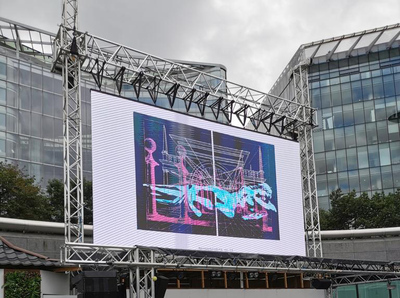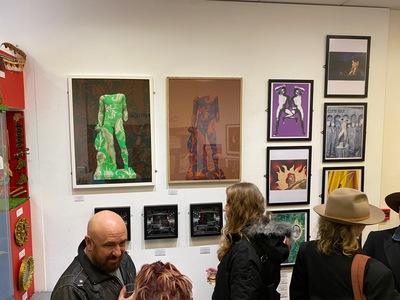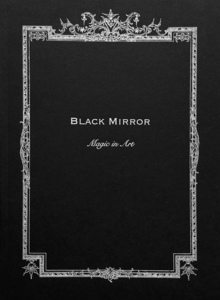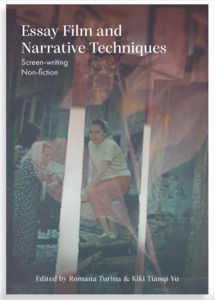Museum virtual tours are interfaces of interaction with archival spaces situated at the heart of the debate around the (in)accessibility of archives. Focussing on the case of The Red Lodge Museum in Bristol, we argue that drawing attention to the ‘insignificant’ - the transitional and interstitial spaces of both the virtual and physical tours - bring opportunities for decolonising the representations of history. Drawing from the works of bell hooks, Jack Halberstam, and Sara Ahmed, this paper examines the successes, failures, and strange joys of moving from a virtual tour to a physical space and back again.
Genealogically and technologically, a virtual tour inherits the imperialistic and global capitalist undertones of panoramic painting and photography, but discursively presents a well-intended call for accessibility. In the Red Lodge Museum, where the history of the place presents almost entirely a sequence of its possessors, this opens room for questions: how can we make a museum experience continuous, not focussed on these possession-oriented moments in time? How can we capture continuity in the museum context, or alternatively - how can we bring the gaps to the forefront in representing history?
The abrupt cuts in the transitions between the hotspots of virtual tours illustrate the gaps in the representation of the place’s history, which are also reflected in the patchwork-like organisation of the physical museum. In our experience of visiting the Red Lodge Museum, both virtually and physically, we wonder, “What happens when 'nothing noteworthy' happens?”
Referring to Jussi Parikka and Trevor Paglen’s conceptualisations of surface in 3d spaces, Tim Barringer’s work on panoramic gaze, as well as Annet Dekker’s nuanced approach to the intertwinings of the digital and physical archives, the paper will suggest an artistic approach towards interpreting the gaps in the museum virtual tours.
Available Versions of this Item
- Museum virtual tours as sequences of gaps: The Red Lodge Museum. (deposited 30 Apr 2025 11:14) [Currently Displayed]
 |



 Lists
Lists Lists
Lists

